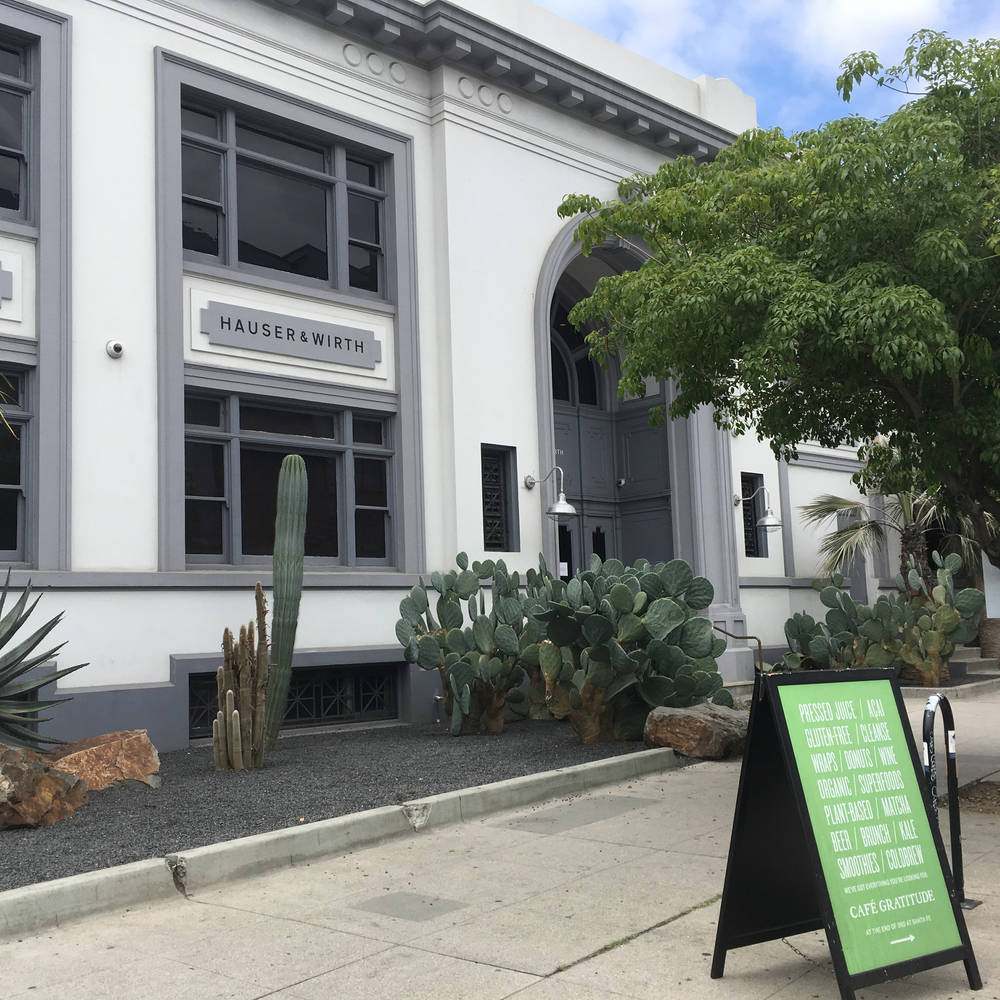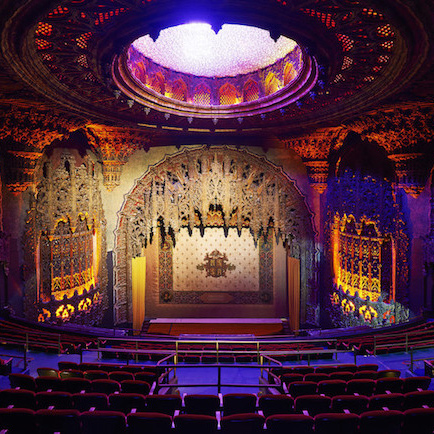Off on holiday! The SCHIRN MAG has explored the most beautiful destinations. Schirn Curator Martina Weinhart was in L.A. searching for hidden street art and old movie palaces.
1. Street Art
Where better to find the most impressive and diverse street art than L.A.? Perhaps São Paulo or New York – but Downtown L.A.’s Arts District is definitely an El Dorado of street art. Rapidly growing and a cultural melting pot, this decentralized mega-metropolis offers no shortage of niches for street art, also beyond the pale of organized structures. Away from the museums, you can make new discoveries on every corner – such as the huge work by Austrian artist Nychos at the Container Yard, or at the back of the American Hotel, where you’ll find “Abuelita” (Grandmother), a portrait of a Navajo by El Mac in collaboration with Kofie and Joseph Montalvo, AKA Nuke One of the UTI Crew, and so on and so on – the best thing to do is just wander around and discover it for yourself.
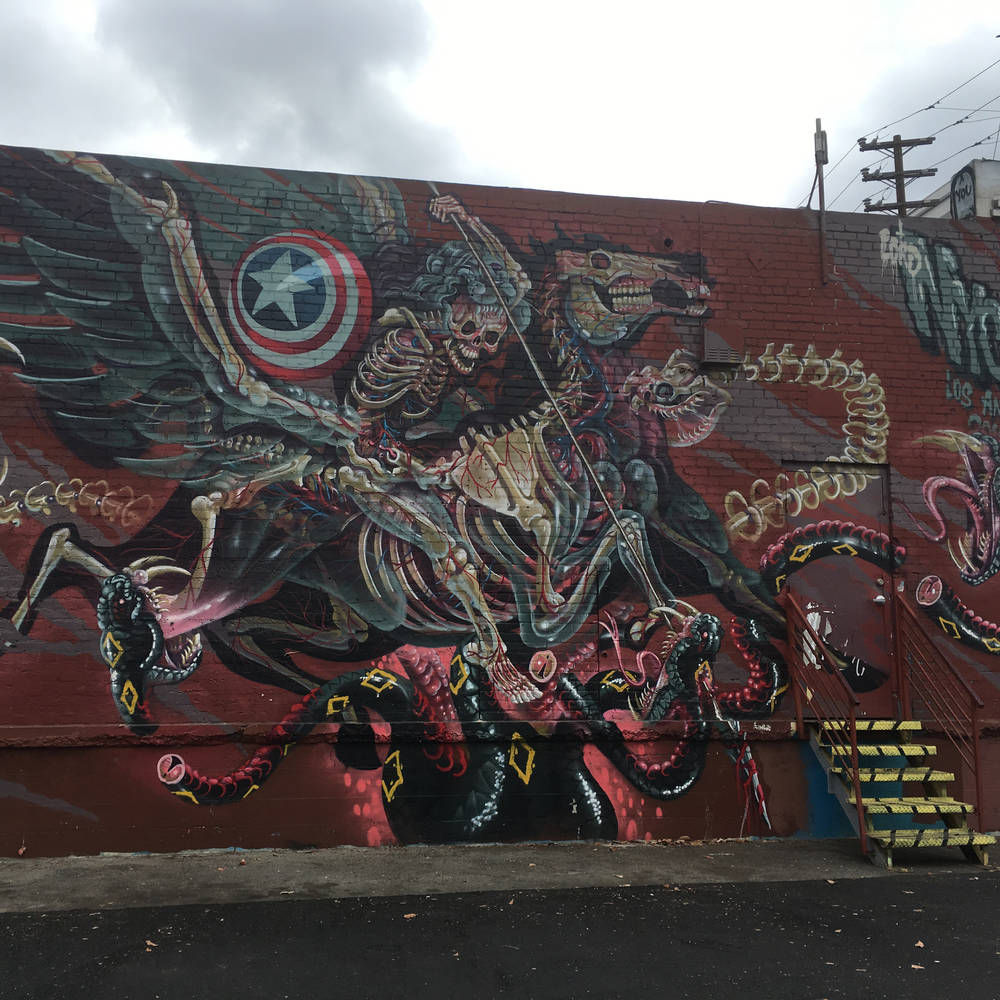
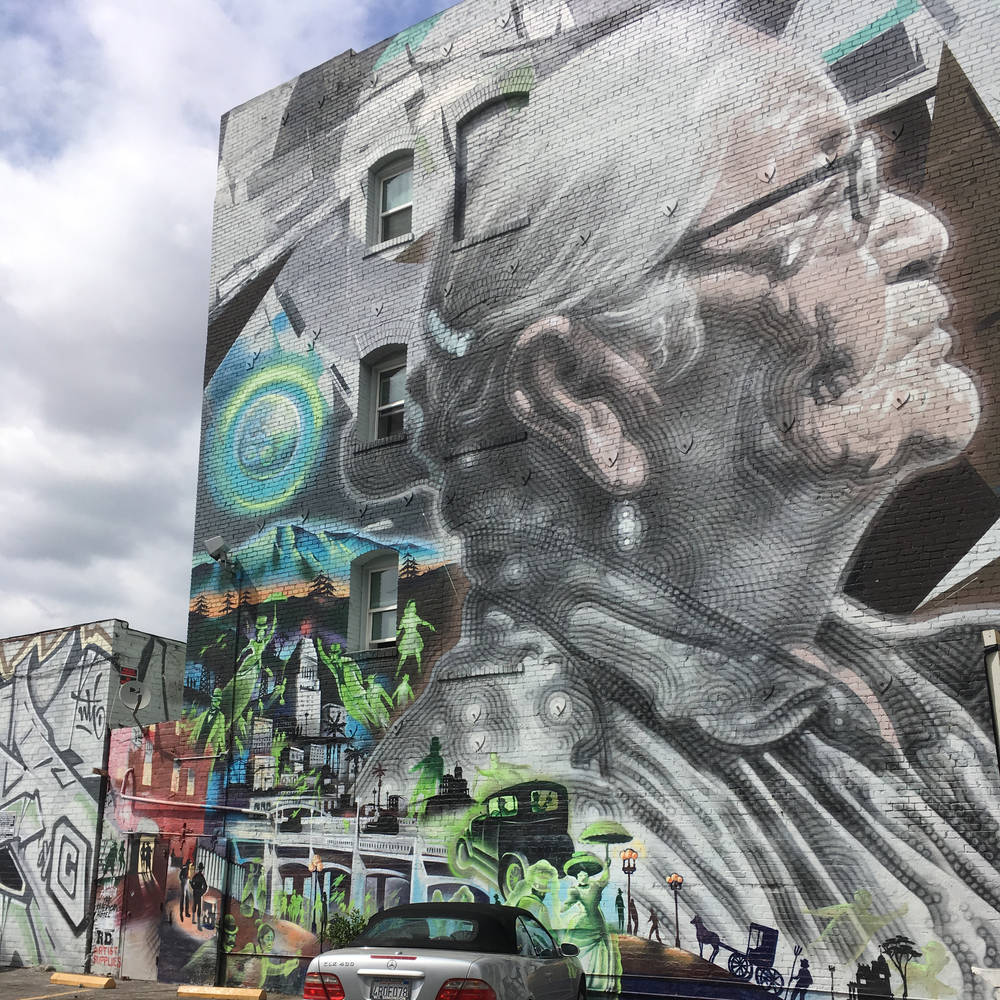
2. Chinese American Museum
Whether you choose to perceive L.A. as a melting pot or the exact opposite, as many Angelenos argue, the fact is that the city is home to around 140 different nationalities, speaking around 100 different languages. So why not head to the Chinese American Museum for once instead of the LACMA – or ideally, of course, to both if you have enough time.
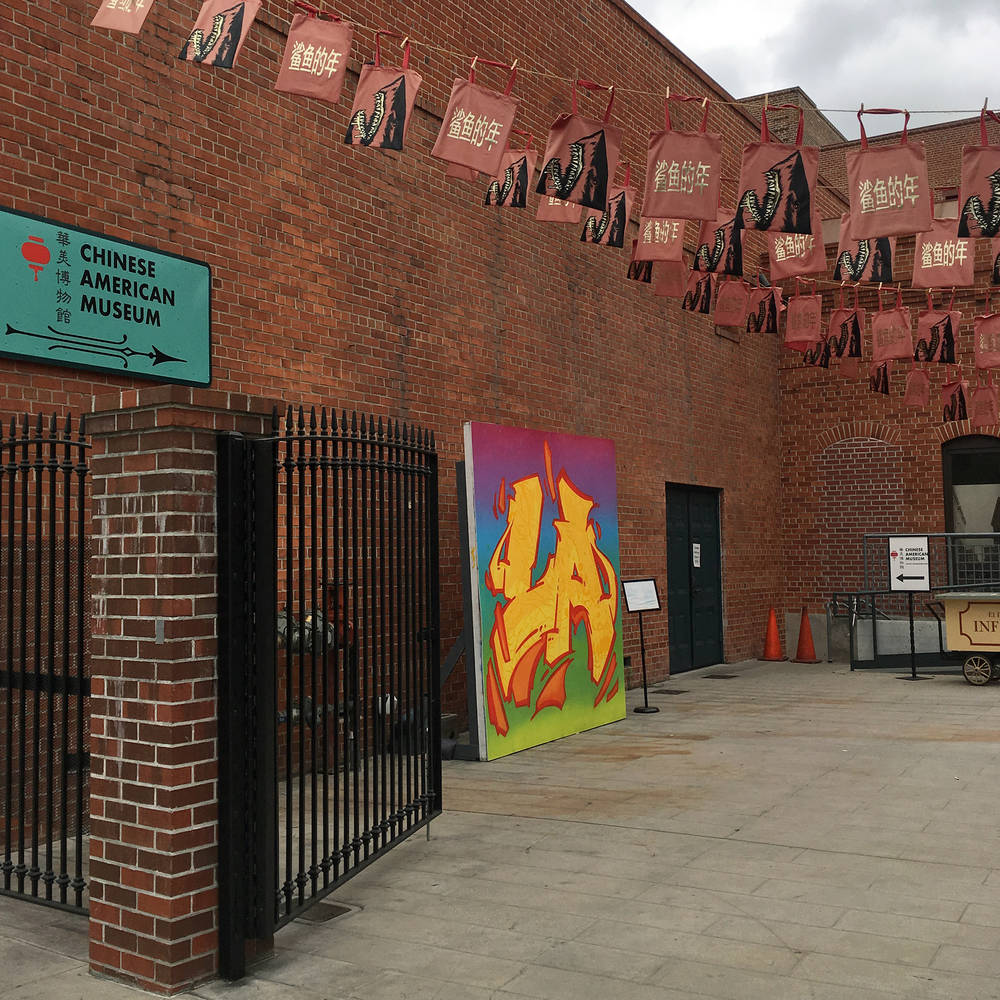
3. El Pueblo de Los Angeles
This is the nucleus of L.A., directly adjoining the Chinese American Museum and Chinatown. On Olvera Street you can test your strengths of aesthetic judgement. Here, you’ll find crafts that are typical of Mexico, from painted wooden skulls to small tortoises as lucky charms – an entirely different kind of art for a change.
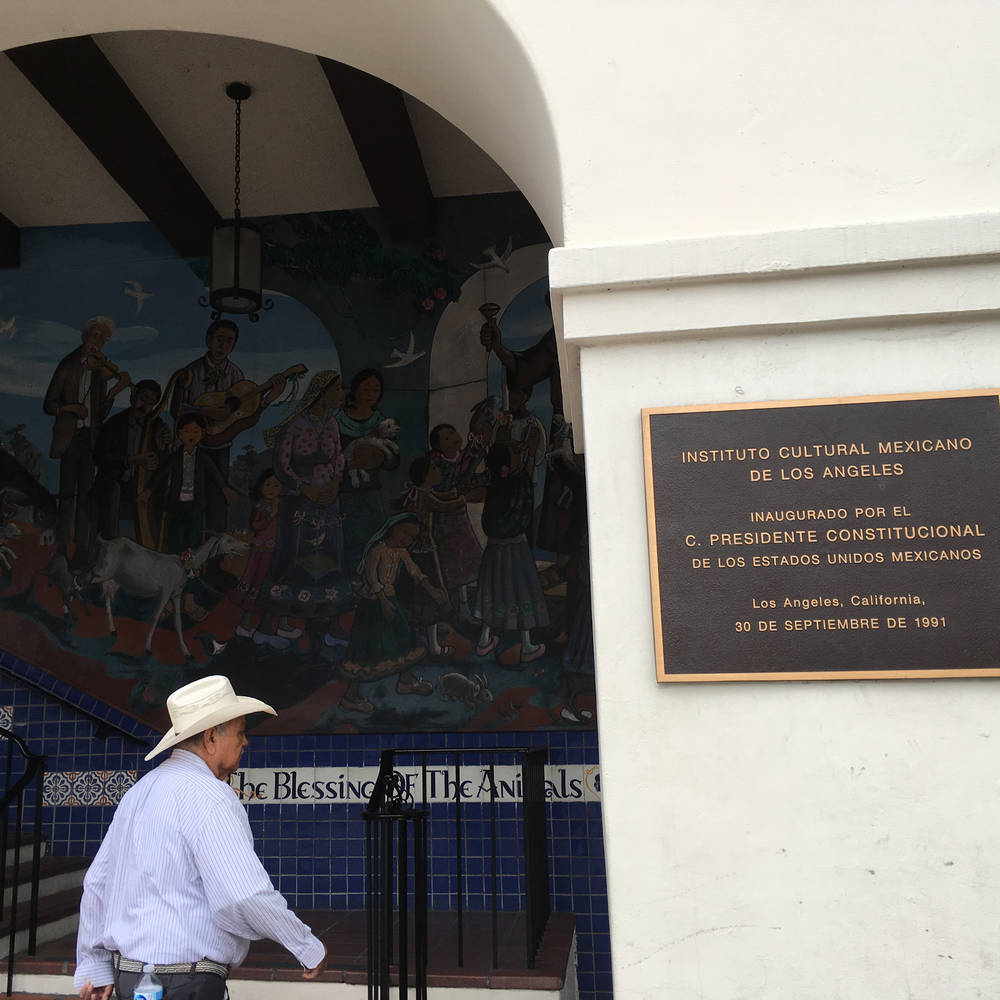
4. Union Station
It’s true that L.A. is a city of cars, but it wasn’t always that way. The Union Station, built in the Spanish colonial style and opened in 1939, is a testament to this. Now it is a vital component in the revival of Downtown, and thanks to the subway system, including ever more stops, it is always busy – so why not take the train for once? Indeed, the building itself is absolutely worth a look; there’s a farmers’ market here every Thursday and Angelenos book the old waiting room for parties. Not forgetting, of course, that the station has also been used as a film set in countless movies.
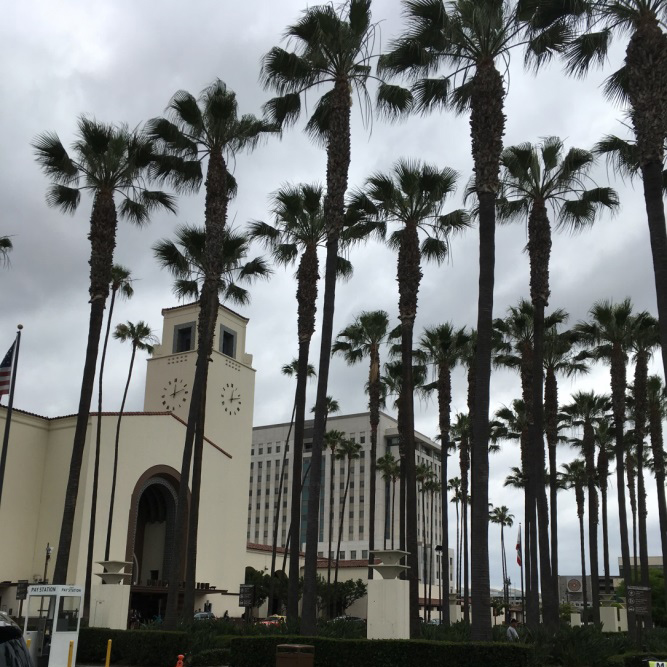
5. Iconic movie palaces
Elegant buildings in the Victorian or Art Deco style once set the trend on Broadway in Downtown L.A.. Today, they are largely derelict. The Los Angeles Theater, the Tower Theater, the Rialto, the Belasco, the Cameo and the Arcade are all strung together. The architecture is astonishing: the Roxy in elegant Art Nouveau, the Million Dollar Theater with something of a Baroque feel, the Mayan Theater tiled in pseudo-Pre-Colombian style. The architects were basically allowed to give their imagination full reign on these buildings, overruling virtually all aesthetic rules. Sadly, most of the structures are no longer home to movie theaters and largely surrounded by junk stores.
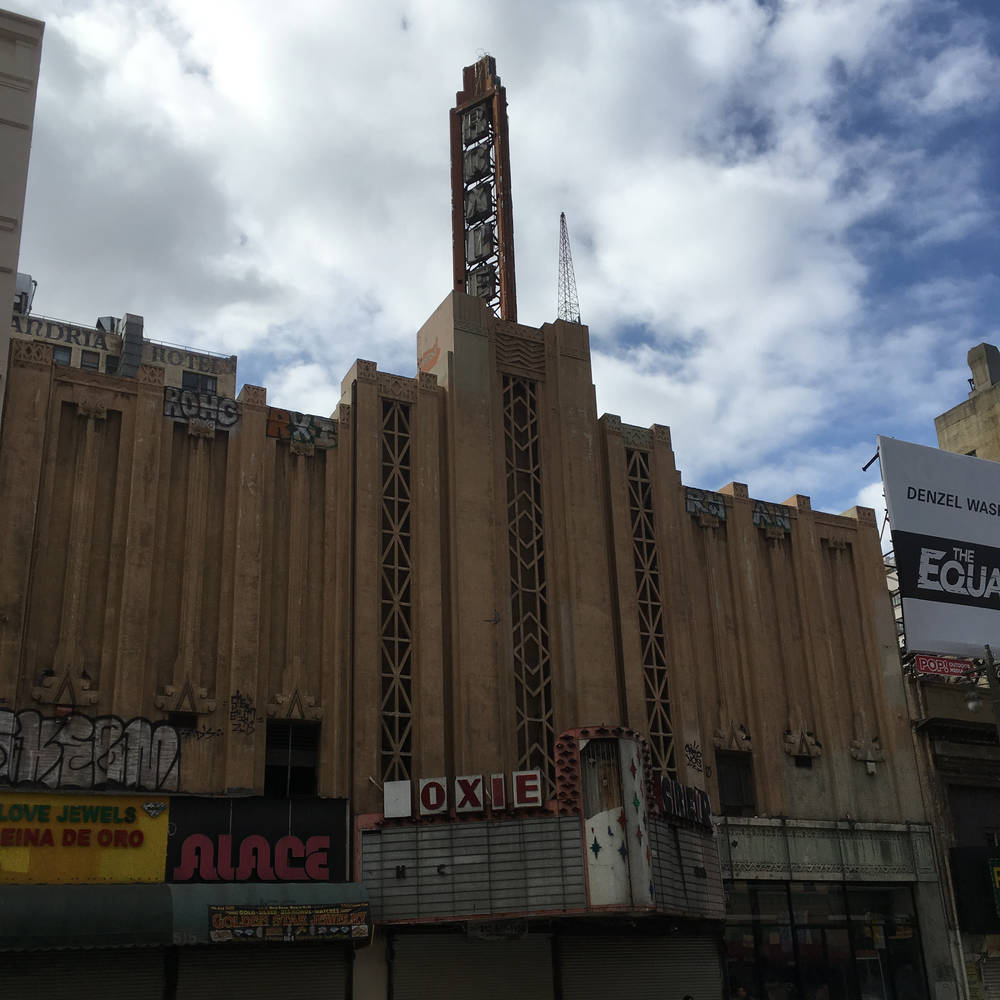
6. Ace Hotel Downtown L.A.
Anyone wanting to immerse themselves in the spirit of past glamor of the movie world should book a room at the Ace Hotel, which is situated in the old United Artists Building – along with the theater that belongs to it. Here, the decay has been halted. L.A. is working on reinvigorating the old Downtown area and the Ace Hotel is certainly playing its part here. The neighborhood is also home to great bars and restaurants like the P.Y.T.
7. Blue Chips at The Broad
Still a relative newcomer in the lively museum landscape of L.A., which includes the LACMA, the Hammer Museum and the Getty Center, is The Broad. Highly controversial in the art world (in fact the Washington Post actually went so far as to call the collection “high-end trash”) the world’s biggest private museum was designed by New York star architects Diller Scofidio + Renfro as a home for the 2,000 works of Eli and Edythe Broad’s collection. In the immediate vicinity of Frank Gehry’s Walt Disney Concert Hall and Grand Avenue, it now hosts the blue chips of contemporary art – Warhol meets Koons, Murakami or Hirst. The value of the collection has been estimated at 2 billion dollars. Whatever you think of it, it’s certainly worth a look.
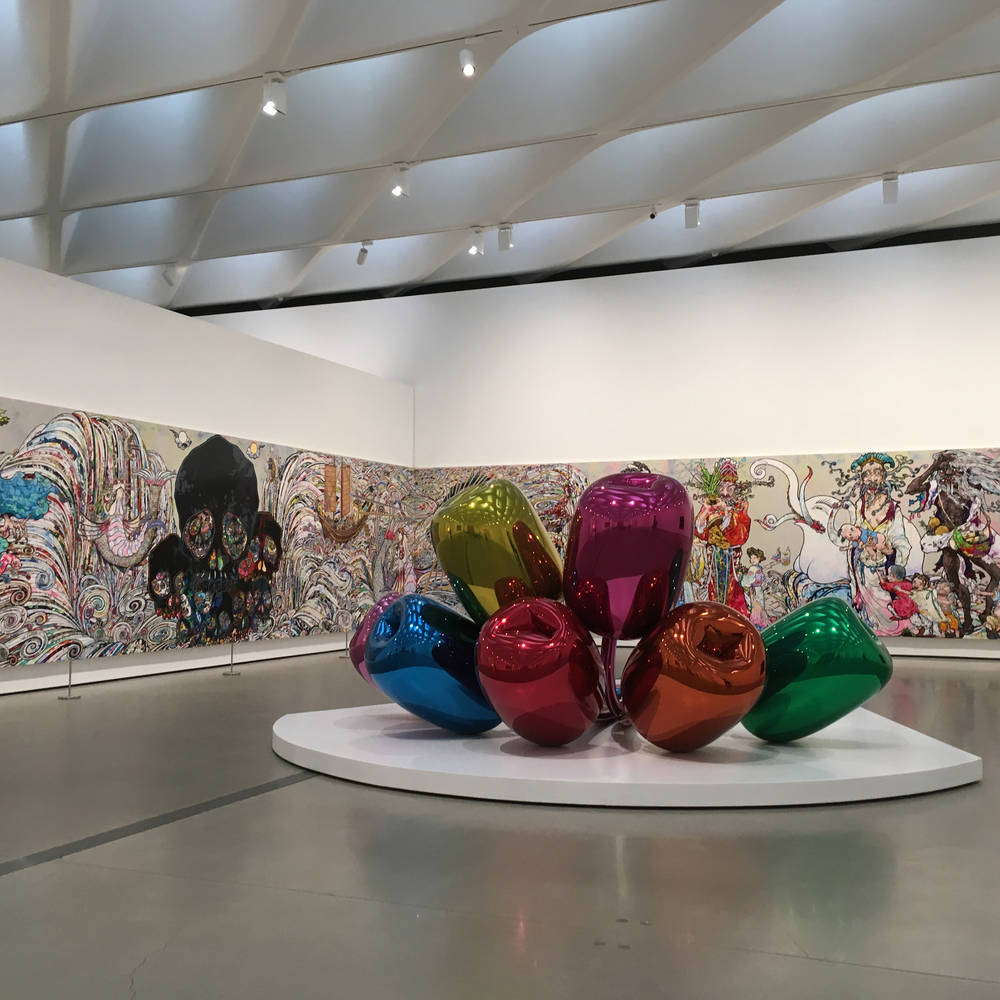
8. Jackson Pollock at MOCA
In a megacity like L.A., you’re constantly wondering where you are and how in heaven’s name you’re going to make it from A to B. Once you’ve finished with the Broad though, you don’t need to think too hard, because directly opposite lies the Museum of Contemporary Art (MOCA) on Grand Avenue. In the main building dating from 1986, you can immerse yourself in marvelous classics of American Abstract Expressionism – a magnificent room with enormous Rothkos creates a rare Zen moment in this otherwise overwhelming city. You can also marvel at Jackson Pollock’s “Number 1” from 1949, which has been recently restored.
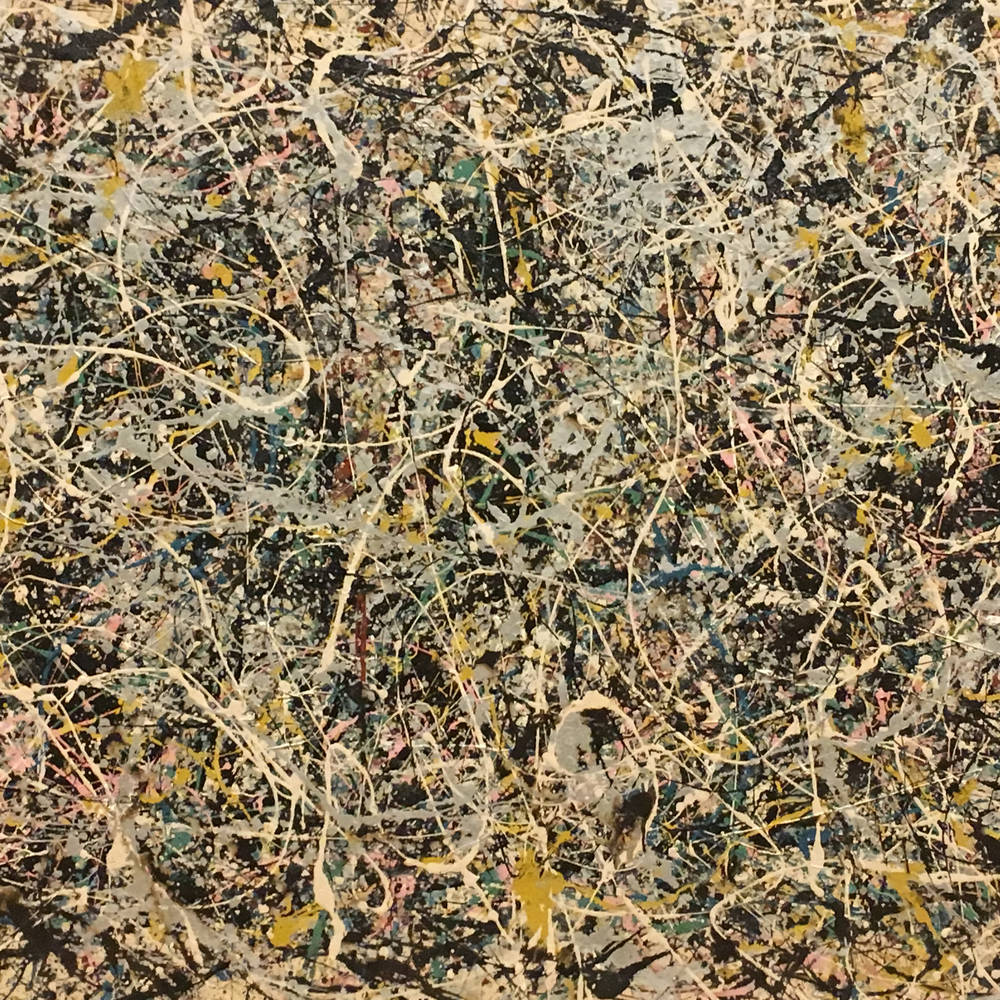
9. Lunch at Grand Central Market
If you want to take a break during your architectural explorations through Downtown, have a coffee and taste the richness of the continents, the city’s largest market hall is the place to be with food from all over the world. It also makes the perfect stop after visiting the MOCA or the Broad.
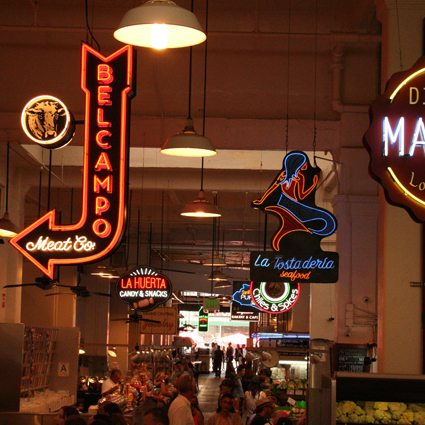
10. Hauser & Wirth in a former flour mill
The days when L.A. was something of an art diaspora and New York was the only art hub are definitely over. This can also be seen in the seismographicly reacting art market. Hence, a global player gallery such as Hauser & Wirth has now opened a branch in L.A. In an old grain mill in the middle of the so-called Arts District, a kind of luxurious art hall has come into being, with a bookstore and its own restaurant, the “Manuela”. Biodynamic eggs come fresh from the hens that are kept in the courtyard. Definitely worth a visit.
